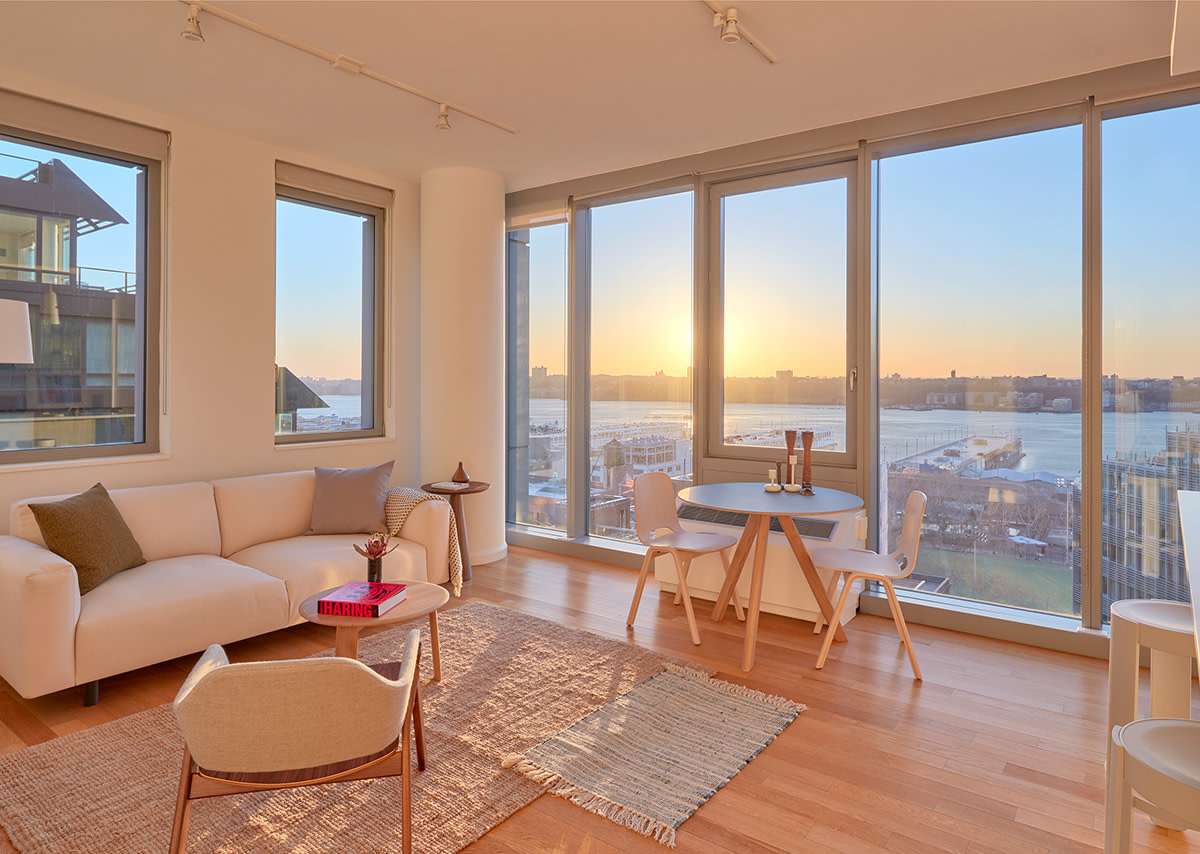During the COVID-19 pandemic, urban centers saw an exodus of long-time residents to rural and suburban areas in an effort to give themselves more space and security during the lockdown. In the current rental market, rising costs of living have stretched renters’ budgets and the high rate of inflation has driven buyers to invest money into owned properties outside of the city over rental units in metropolitan areas. In response to the heightened interest in home ownership, by July of 2022, the median home price across the US rose to a record high of more than $430,000, allowing mortgage rates to more than double in the span of one year. November and December saw a seasonally expected slowdown in the national housing market with interest rates slowing, in addition to rental and home prices. However, the rise of rentals is clear leading into 2023, though urban residents saw the pandemic market as the best time to move to rural or suburban areas, the rental demand has continued to skyrocket as new residents flocked to cities in search of new job opportunities and a change of scenery.
In the last three years, there has been a surge in businesses adopting a work-from-home or hybrid model for their employees and business functions. As a result, the residential market saw an increased interest in flexible and amenitized living arrangements with 12-month leases being replaced by the preference for 18- to 24-month tenancies. Prospective renters are looking for properties that feature workspaces, fitness facilities, and concierge services to support their personal and professional needs – with a willingness to pay a higher price in exchange for full-service experiences, without having to leave the comfort of their building. For tenants, the ability to rent an apartment additionally provides them with the flexibility to relocate or negotiate their lease in lieu of needing to take on the logistical and financial burden of selling or subletting an existing unit or property.
For developers, investing in rental properties offers a range of benefits including tax incentives, a steady stream of income, and opportunities for long-term retention and growth of current and prospective tenants. Until June 2022, the City of New York offered developers a tax benefit called 421-a which allowed developers tax incentives for the completion of their property within 4 years provided 25-30% of the available units meet the city’s affordable housing standards and rates. With this incentive, 2.5x more affordable-housing build permits were approved in 2022 in comparison to 2021, allowing for the construction of more than 58,000 homes across the five boroughs. While this tax benefit has expired, the state is considering its renewal.
The post-pandemic rate of people moving into New York City has nearly doubled the pre-pandemic rate of new residents. As the population of New York continues to increase, the multifamily property market continues to witness high demand in 2023. Internationally, the global population has recently reached 8 billion with the projection of more than 10 billion within the next 30 years – furthering the significant need for affordable and accessible housing. New regulatory changes to diversify Manhattan’s commercial districts to support the growing population of the city also address the need for redevelopment of former office buildings in predominantly commercial districts. In 2001, developers began the redevelopment of the Financial District and Battery Park City, almost doubling the number of apartments available below Chambers Street in the last 20 years. Mayor Eric Adams in his State of the City address proposed similar recommendations for an office-conversion taskforce that would allow for the redevelopment of commercial buildings constructed before 1991 into residential properties throughout Midtown, creating upwards of 20,000 new apartments and addressing the housing needs of New Yorkers and future residents.
As renters flood back into urban hotspots, developers are building rental density into the larger metro areas making a comeback. Not only is urban density a more environmentally sound and efficient way to deliver on housing demand, but it will better maintain the population growth that urban centers like New York City are witnessing amid the flight to better job opportunities and lifestyle experiences. Multifamily construction reached a 50-year high in 2022, and it’s predicted that over 565,000 new units will be delivered across the city in 2023. The rental sector has proved to be resilient despite the pandemic’s slowdown, and there are no signs of it slowing down any time soon.

